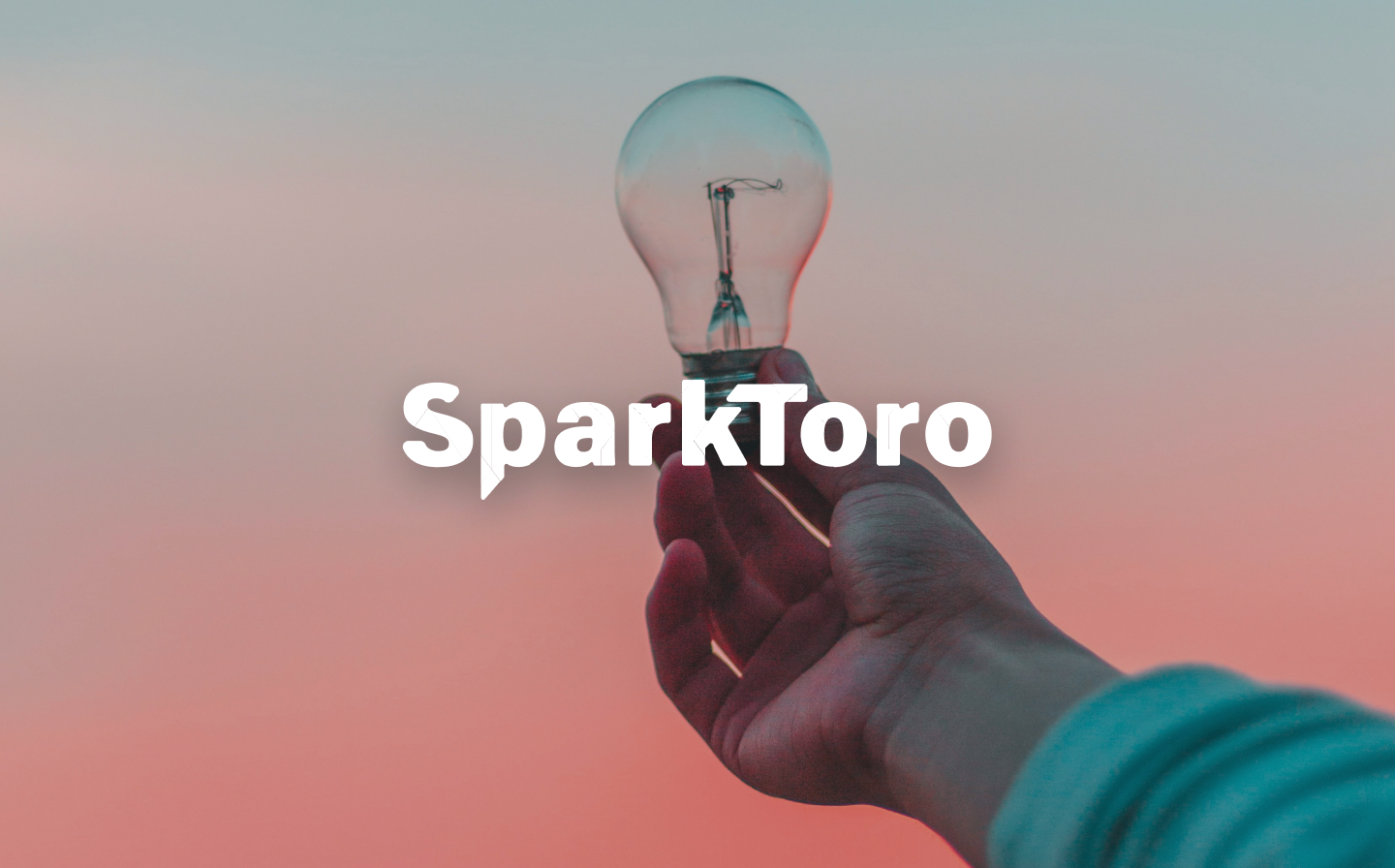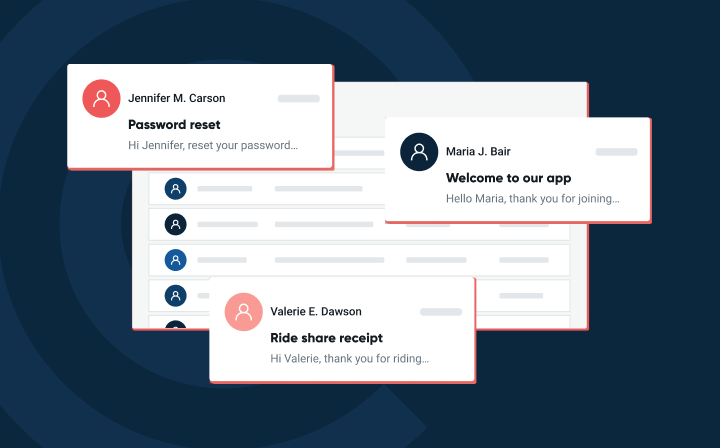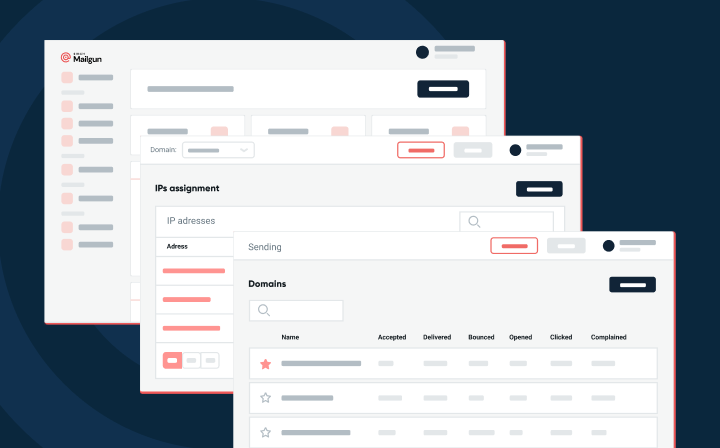Product
Message-level email tracking and more!
Mailgun users can enable/disable tracking on a per-message level by adding a special X-Mailgun-Track MIME header. Read more...
PUBLISHED ON
Talk about a throwback; this was posted on August 29, 2011!
Good news everyone! Mailgun is migrating to a new and more powerful email pipeline, please expect a stream of exciting announcements very soon.
Message-level tracking
For starters, we have added the option to fune-tune message tracking. Now Mailgun users can enable/disable tracking on a per-message level by adding a special X-Mailgun-Track MIME header. Set it to “yes” if you want this message to be tracked, or “no” if you wish to turn tracking off. Message level setting overrides domain-level tracking. Enjoy!
Here’s an example of how a raw MIME message looks with a message-level tracking enabled:
To: The World
From: Mailgunners
Subject: Message-level tracking demo
X-Mailgun-Track: yes
Custom user variables
When sending messages, you can now submit a JSON-dictionary of user-defined key-value pairs. Those variables will be passed back to your web application via Mailgun webhooks. This allows Mailgun users to build more sophisticated and flexible analytics on their end. Read more about webhooks and custom variables here.
Note that MIME allows you to have multiple headers with the same name, in that case Mailgun will merge your dictionaries as shown in this example:
To: The World
From: Mailgunners
Subject: User-defined variables demo
X-Mailgun-Variables: {"first_name": "John", "last_name": "Smith"}
X-Mailgun-Variables: {"my_message_id": 123}
When one of tracked events happens with message, Mailgun will post the following parameters via HTTP POST into your app: firstname, lastname and mymessageid.






